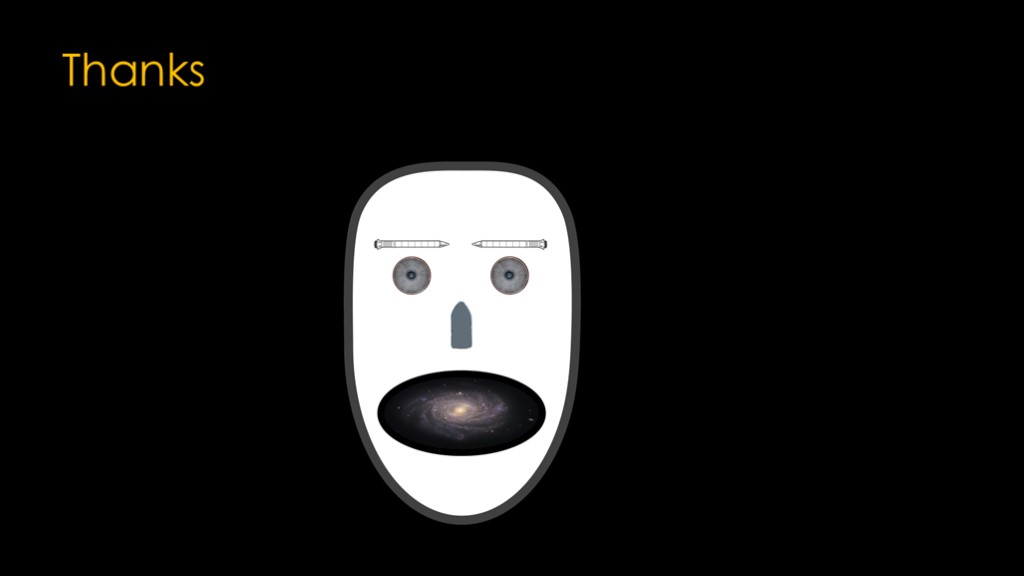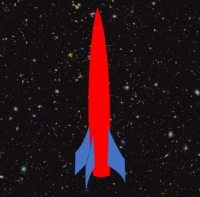
 |
Eager Space | Videos by Alpha | Videos by Date | All Video Text | Support | Community | About |
|---|

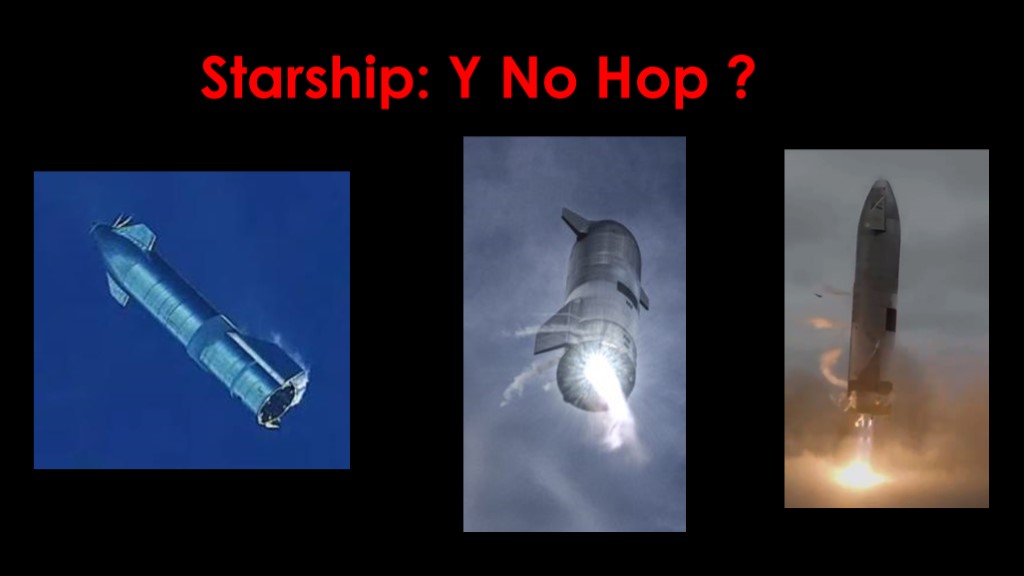

Starship Serial number 15 flew and landed on May 5th of 2021.
Since then, all we gotten is...
Crickets...
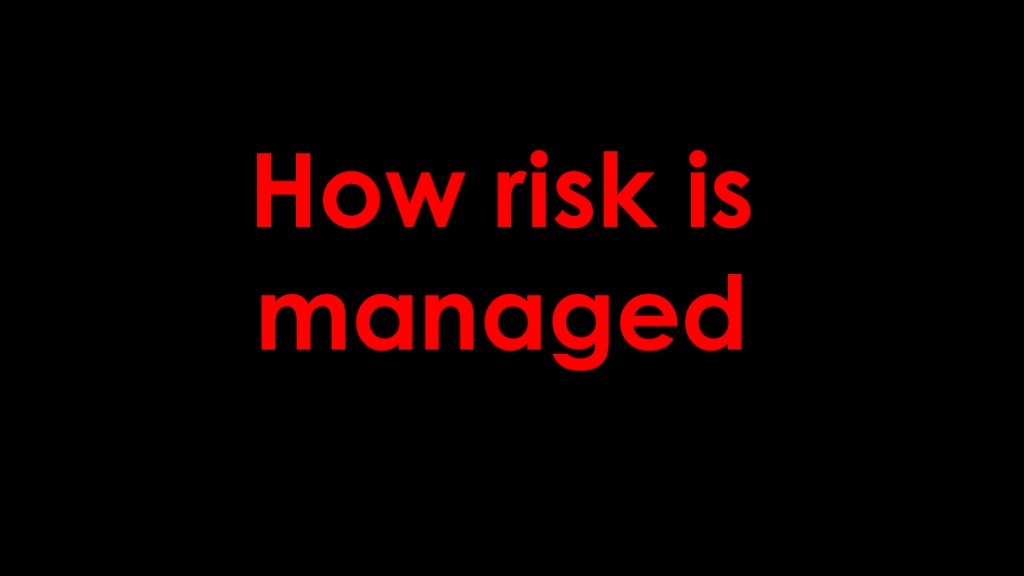
It's all about how risk is managed.
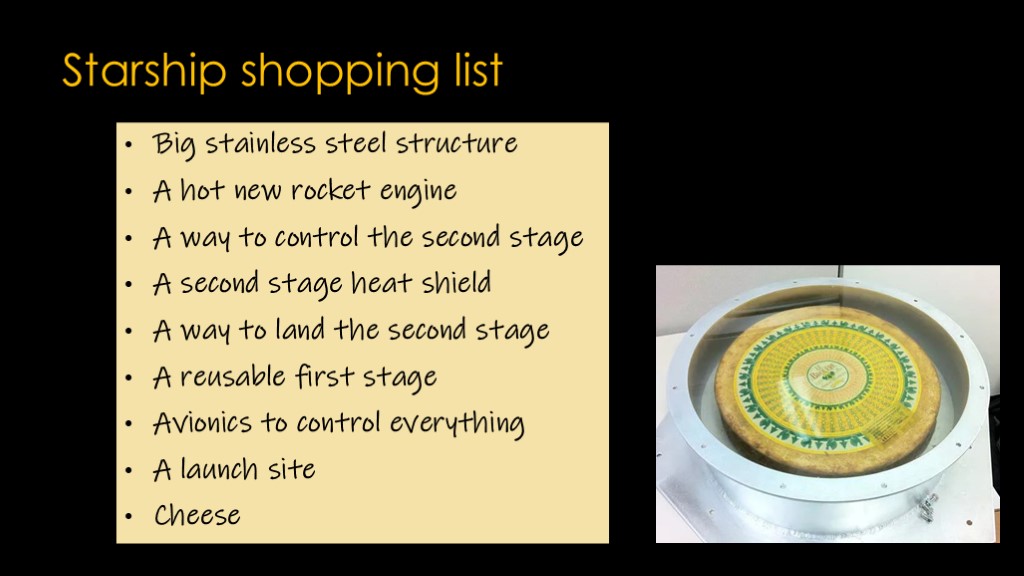
At the start of Starship, SpaceX came up with a shopping list like this:
We'll need a big stainless steel structure, a hot new rocket engine, a way to control the second stage, a second stage heat shield, a way to land the second stage, a reusable first stage, avionics to control everything, a launch site, and, of course, a wheel of cheese.
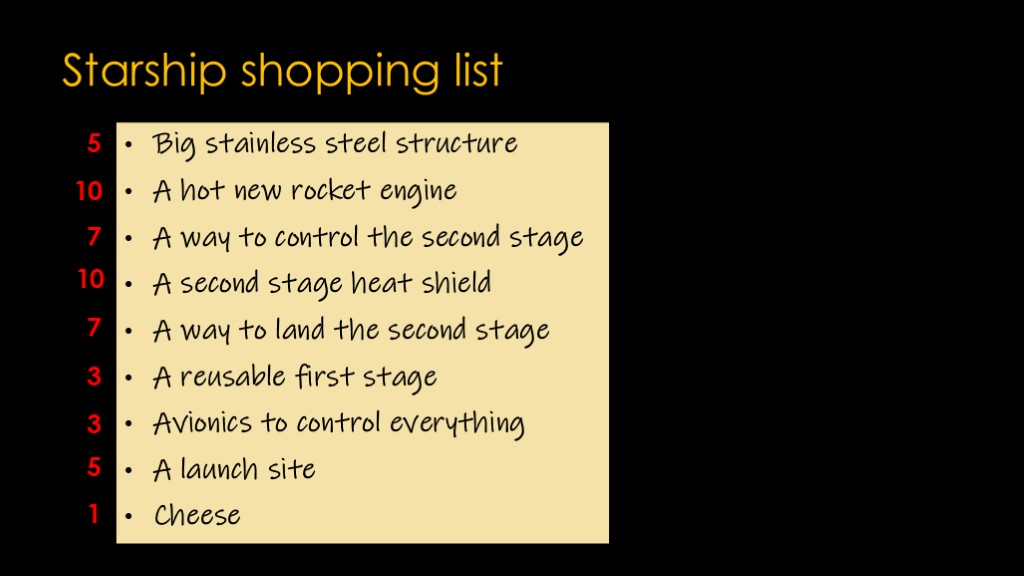
Once you have the list, you go through each of these and estimate how hard / risky they are going to be, based on the experience that you have as a company and the prior art elsewhere in the industry. We'll use a scale from 1 to 10.
Cheese gets a 1; we know how to get it and where to get it.
A reusable first stage is probably a 3; Super Heavy is mostly just a big version of the Falcon 9 first stage, and we have a ton of experience with that. Avionics is also probably a 3, as we have lots of experience.
A big rocket structure is likely a 5. There's a lot of experience using stainless steel, but it's a new material for us and this is a big rocket. We'll need to do a lot of work but there are unlikely to be any show-stoppers. Same with the launch site; lots of big structures but probably no show stoppers.
Controlling the second stage in the air and landing it are probably around 7. We can model the aerodynamics of the fin controls that we are planning, and while the landing requires a unique maneuver, landing with engines is something we already understand well.
That leaves the new engine and the second stage heat shield as the hardest problems we have to solve. The full-flow staged combustion cycle that raptor uses has never been flown so there's not much prior art and we need it to have really high performance early in its lifetime. That's definitely a 10.
We have one example of a large vehicle with tiles in the space shuttle (okay, the soviet shuttle buran probably counts as a second), and the approach on shuttle wasn't really a success, and our vehicle is really big and needs to be light. Definitely a 10.
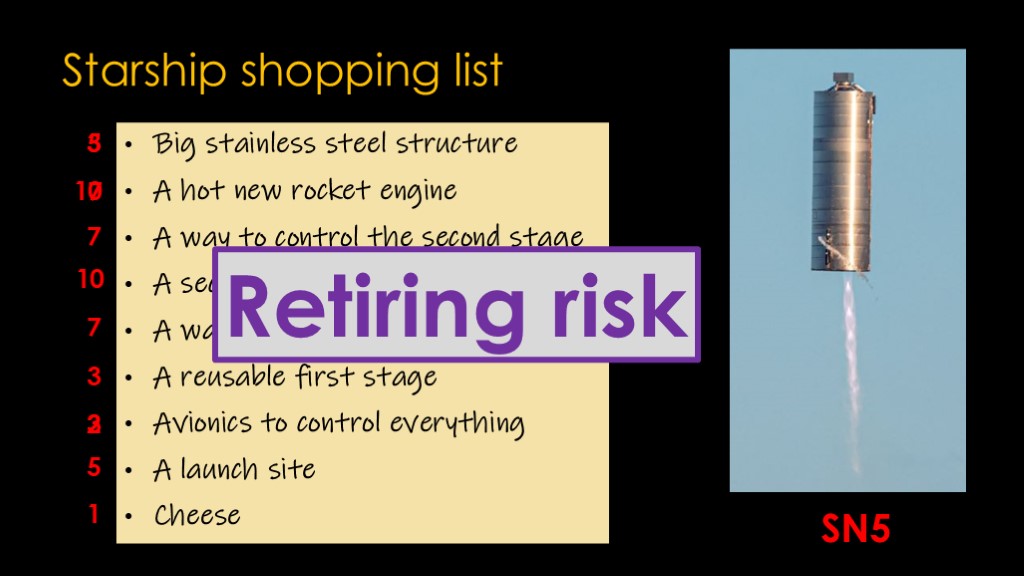
This defines the risk profile for the project; the higher the number, the more that item keeps you up at night. We can start work on the tanks and the engines and the avionics.
Then you start iterating. After a while, SN5 hops successfully. What did we accomplish, and how did that change our risk structure?
We've built a number of full-size tanks and they seem to be working pretty well at this point. We've learned a lot, and we now feel much more confident. So, that risk goes from a 5 down to a 3.
Our engine is working well enough for this sort of hop, though there's still a lot of work. Let's say, it goes from a 10 to a 7.
The next 4 we didn't do anything on, and let's say the avionics went from a 3 to a 2.
We call this process "retiring risk". We had risk that we are worried about, but now we are less worried, so some part of the risk has been retired and we won't worry about that risk any more. Obviously, our long term goal is to retire all of the risk.
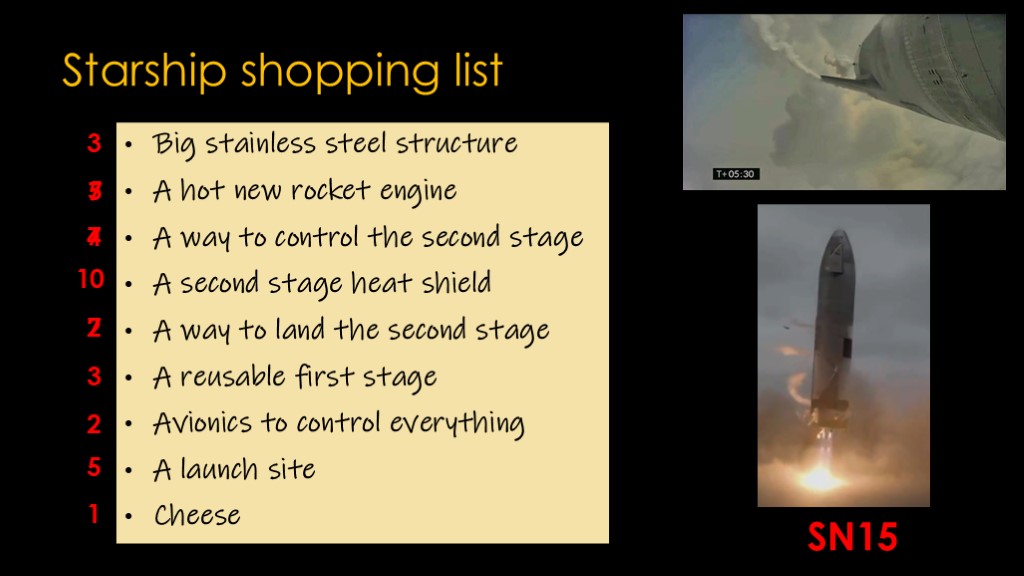
Looking at our list, what looks scary?
There are 3 second-stage items that are very risky. We can't do the heat shield right now, but we can work on the control & landing items. Which led us to SN15, which flew to about 10 kilometers and landed successfully.
We've now flown multiple engines and they have been working okay, so let's knock the engine risk down to a 5.
Our fins work great in the lower atmosphere but are still unproven in during reentry. Let's drop them to a 4.
Our landing worked successfully. It took a few tries, but we know how to do the flip and we got the landing to work. I'm going to put that down to a 2.
We have retired a lot more risk.
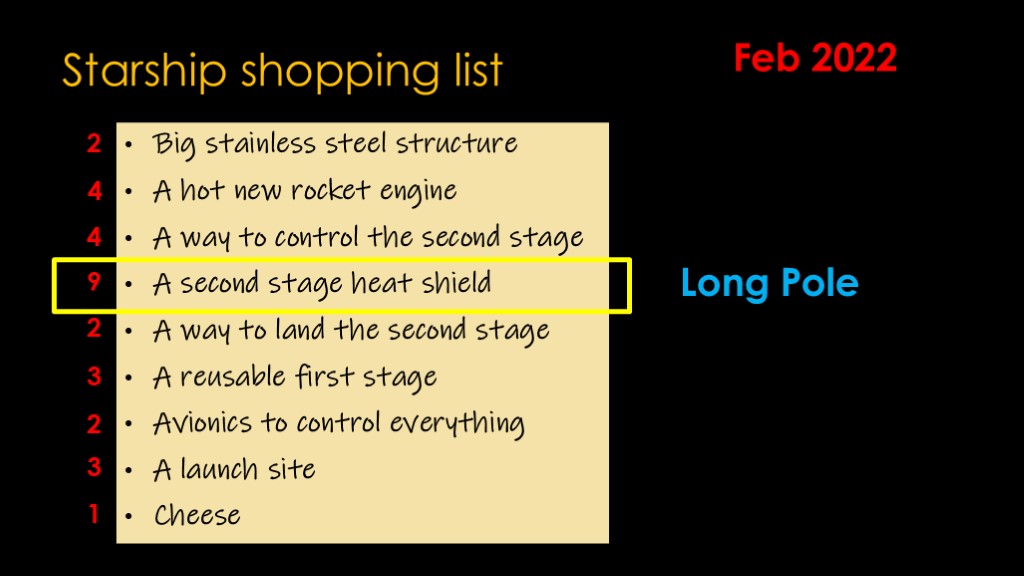
Moving forward to the present day, here is roughly where I see the risks.
Our overall profile looking much better, but we have also reached a point where making progress on the highest risks is going to require an orbital flight. In particular, the heat shield is very risky - it is what we refer to as the "long pole", or the item that is most likely to cause us to be late.
Working on items that aren't the long pole has very limited ability to get the long pole done more quickly, but some of them do have the ability to delay the long pole further.
In particular, if we worked on first or second stage landings, we could damage the launch infrastructure and that could delay tests of the second stage heat shield considerably.
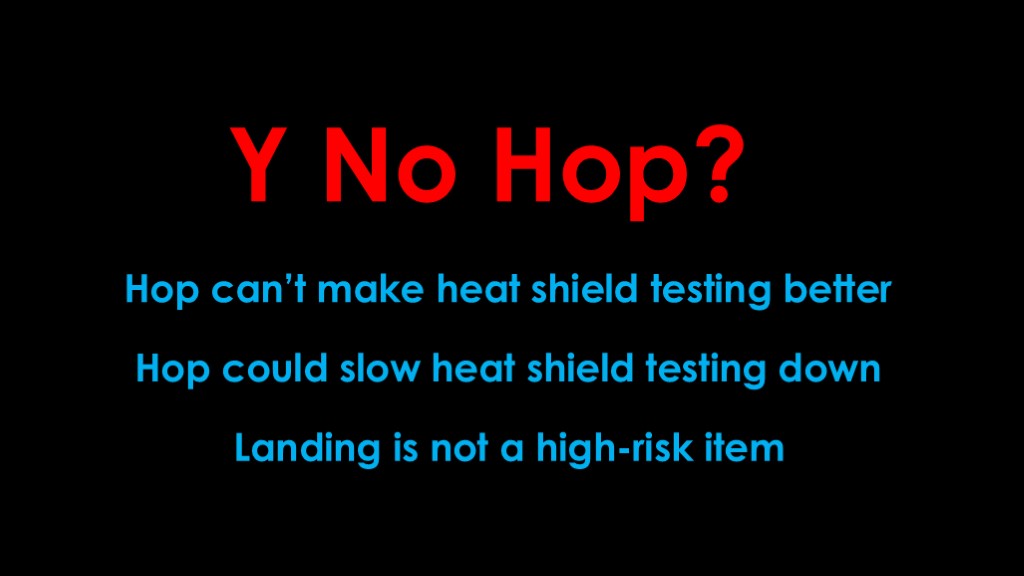
Y no hop?
